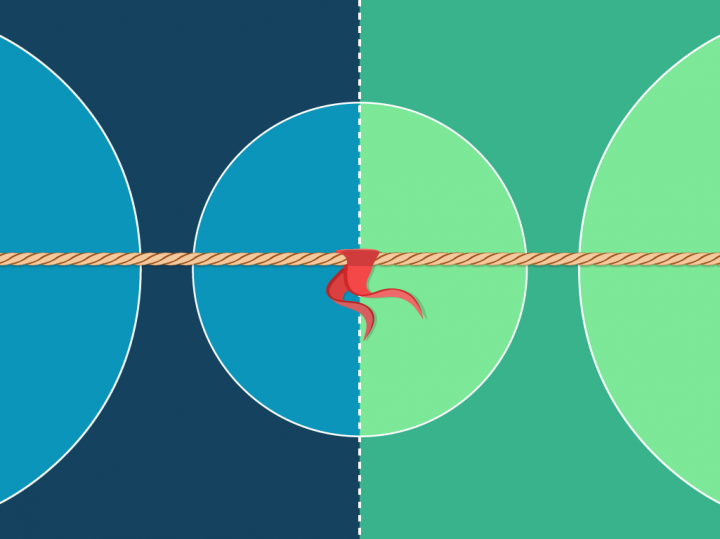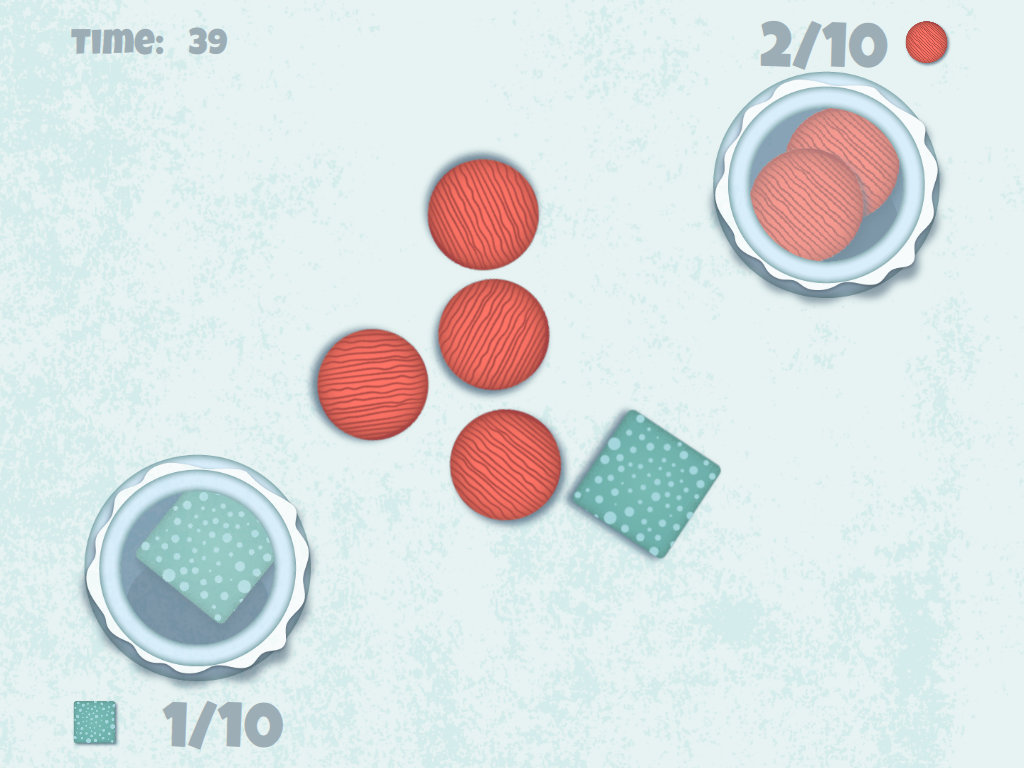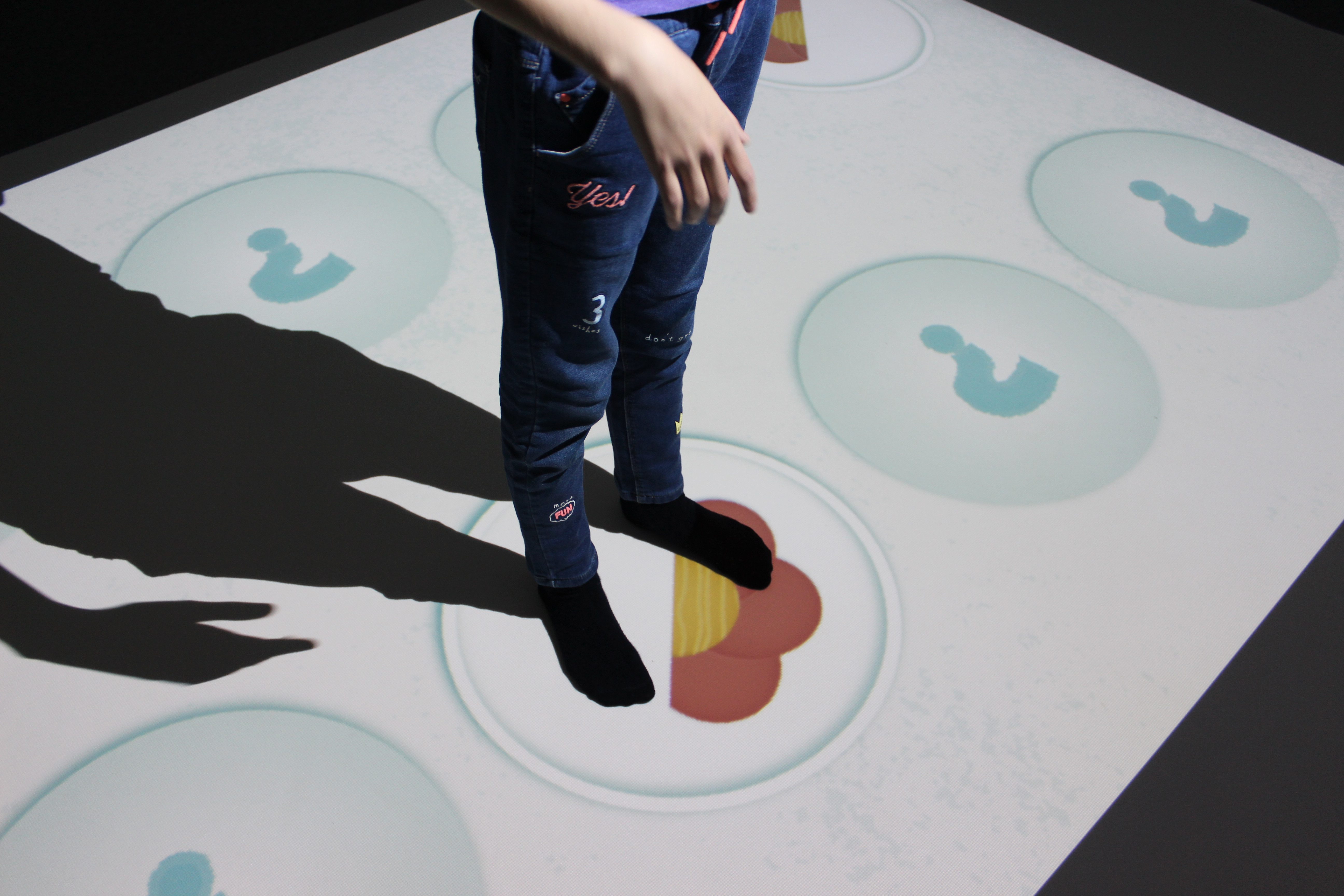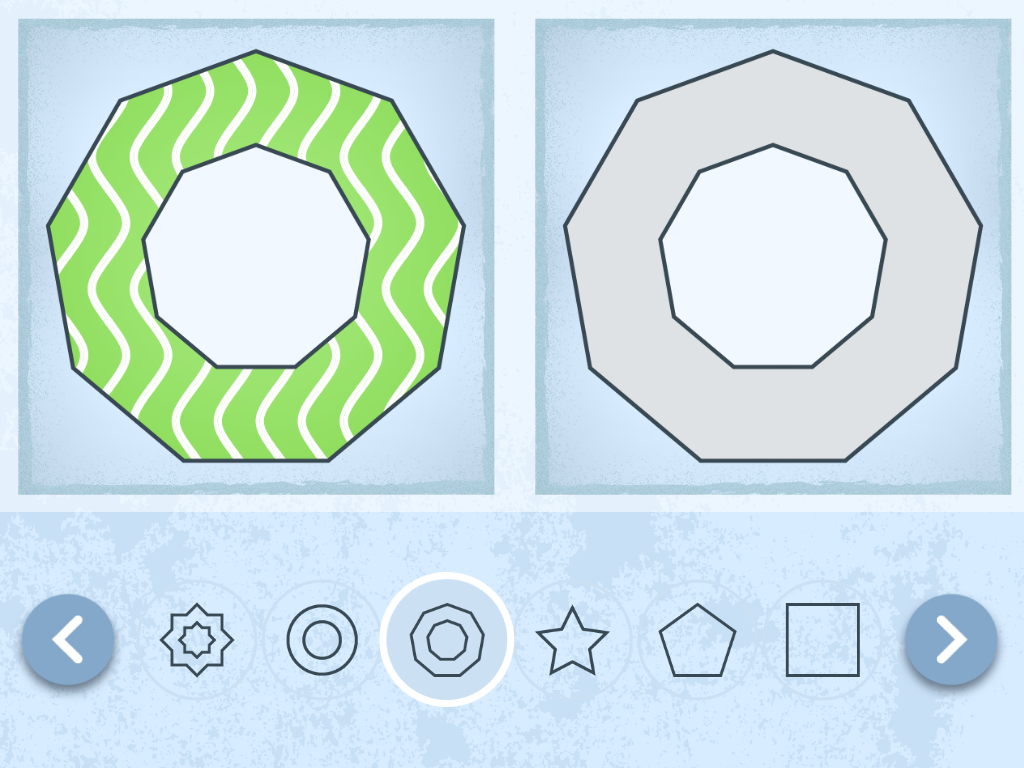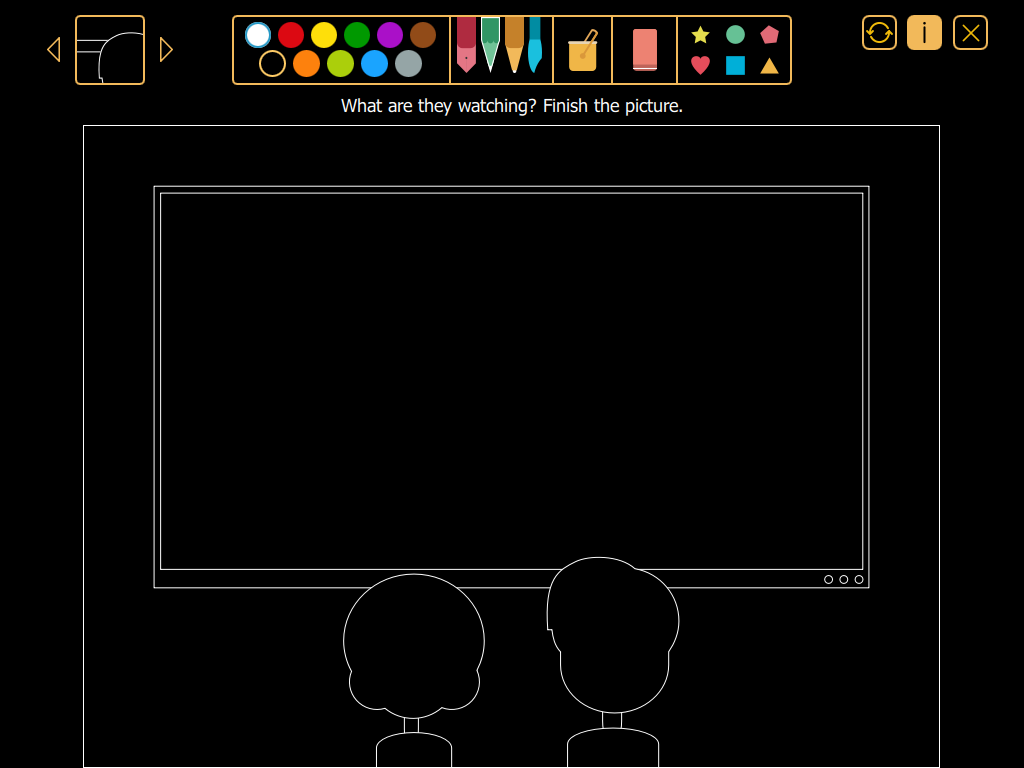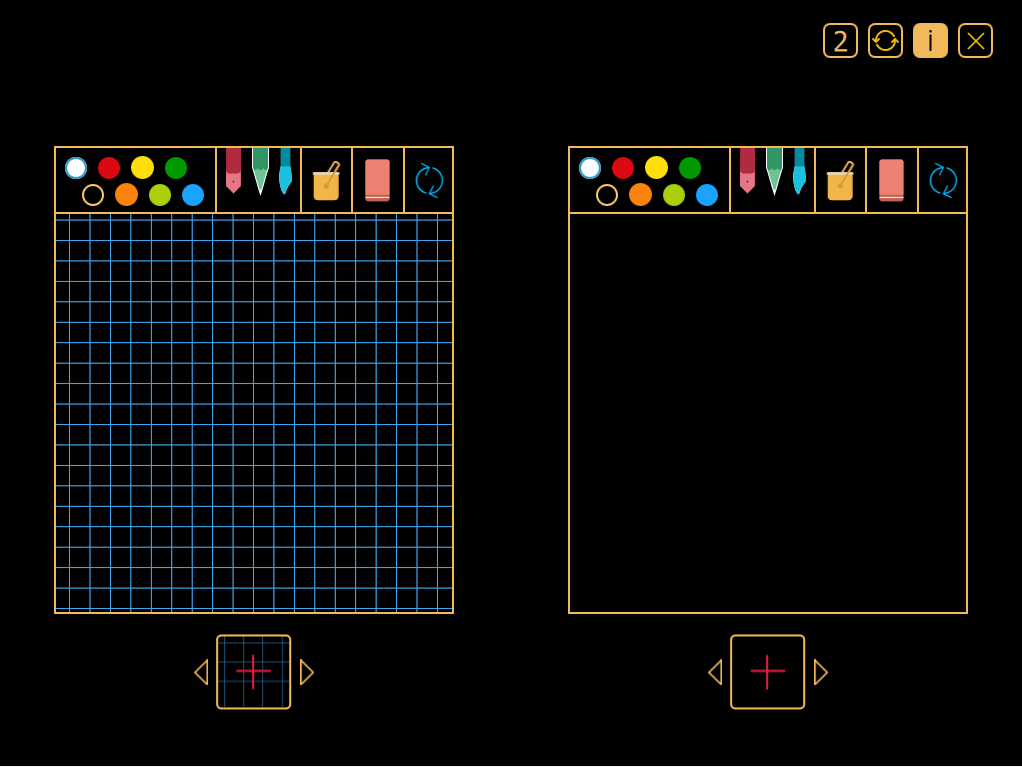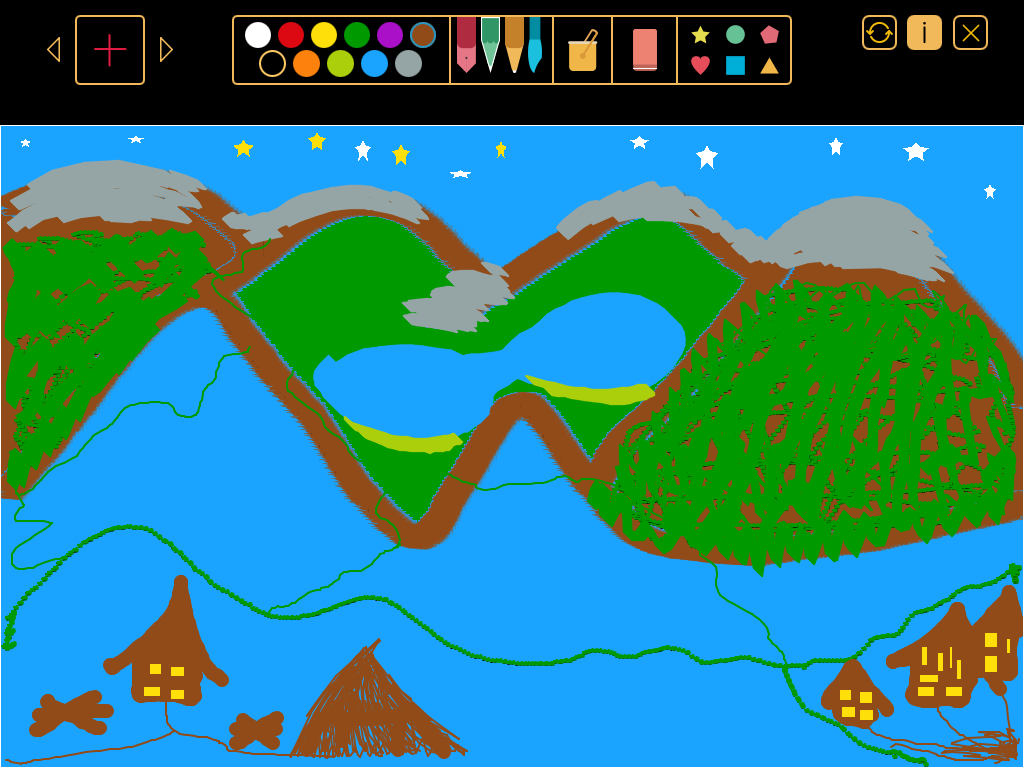Special educational and development needs of children
Working with children with special needs requires the use of specific tools. What areas should be supported when working with children for whom traditional education is not an optimal option? How can you support a child's development with technology? What can an interactive floor offer in the education process?
Work tools aimed at caregivers and teachers of children with special developmental and educational needs should offer a wide range of opportunities related to the development and elimination of potential gaps in various fields. Specific learning difficulties require a special approach - deaf and hard of hearing children need a different kind of support than those with a mild, moderate or severe intellectual disability. Other groups that need a special approach are children with specific difficulties, such as dyslexia, dysgraphia or dyscalculia, children with autism, children with visual impairment, children with motor disabilities, and children with multiple disabilities.
Regardless of the difficulties that characterize each group, educational and therapeutic measures should be undertaken as early as possible to reduce the deficits in knowledge and skills attributed to successive milestones in development. If this is the case, a supportive action plan may be established that sets out the goals to be achieved when working with the child or children.
Educational challenges
The movement is an element that should be introduced as early as possible during the educational challenges undertaken. Adding physical activity to educational activities can effectively support cognitive functions, especially when working with a child with various developmental deficits. The learning, accompanied by movement, enables the connection of information from the environment with those coming from the inside of the body, which leads to the creation of sensory experiences, especially those combining the sensations received through many senses. Such situations activate and stimulate the growth of neural connections, stimulate blood flow through the brain (thus increasing the supply of oxygen, energy, and nutrients), and thus facilitate the absorption of new knowledge.
The movement also supports episodic memory - combining the substantive content with music and images, thus activating emotional experiences and increasing the importance of experiences resulting from the actions taken. Adding an element of fun to exercises can also help to maintain motivation - an attractive form of classes encourages you to discover new interesting challenges and at the same time strengthens the trained skill through frequent repetition. This is especially important when working with children with specific educational difficulties, where the frequency of performing a single task is a key predictor of acquiring skills.
One of the main educational challenges faced by caregivers and teachers of children with special needs is supporting the cognitive sphere. Children with special developmental and educational needs need greater support in the process of acquiring knowledge. Often, mastering the basic skills that characterize the achievement of successive milestones in development is a great challenge. A very important element of the work is an individual approach - thanks to the definition of key needs, it is possible to take properly directed actions. The key to improving intellectual functioning is to activate both hemispheres and the corpus callosum during educational activities. The involvement of both the left hemisphere responsible for cognition, speech development, action planning, sequential thinking, and organization, and the right hemisphere coordinating to a large extent emotional activity, sense of rhythm, imagination, and creative activities helps to achieve better learning outcomes. The areas that develop intensively with age and which should be intensively supported in this process are, among others, attention and memory. Attention, i.e. the ability to focus on a specific stimulus for a longer time, is extremely important in the education process. A common phenomenon in children, especially those with cognitive deficits, is a reduced ability to focus attention on a single object or action for a long time. A particular problem arises with distractors, i.e. elements of the environment that distract from the main target and may lengthen or prevent the task from being completed. Students with special educational needs also often have impaired memory - they rely mainly on involuntary memory, based on the fixation of a memory trace in the memory, and not requiring increased effort. Therefore, it is important to remember about multiple repetitions of one batch of material in the educational process.
Another direction of work with children with special educational and development needs is social development. On the one hand, it is often necessary to start learning social norms and behaviors to help the child continue to function efficiently in society and to reduce the risk of exclusion and stigmatization. Some issues, such as "emotions" expressed in facial expressions, can be conveyed through images, it is much more difficult to convey the understanding of norms and to create arguments convincing the recipient of the content. Social activation of children is also important for social development - e.g. joint activities enabling integration with peers, which naturally supports the formation of peer bonds. Involving children, especially those who show communication problems daily, in playing together for educational purposes allows for the safe practice of both active and passive communication and the creation of verbal and non-verbal signals. Group performance of tasks also has a positive effect on the level of motivation and allows meeting the social needs of the child.
Technological variety
There is a wide range of traditional materials available on the market for working with children with special needs, based on paper exercises and real objects or models. To diversify and improve learning, tutors and teachers more and more often use technological solutions dedicated to personal computers, tablets, or mobile phones while conducting classes, and "information and communication technology" (ICT) is an increasingly important issue in modern education, both in traditional education and a special one. The introduction of technological solutions in education enables the expansion of the child's experiences, stimulation of the learning process, experimenting, expanding, and integrating knowledge. At the same time, it should be remembered that technological solutions should be adapted to the capabilities of a young user. The use of ICT is possible in the teaching of almost all school subjects, thanks to a wide range of possibilities resulting from new technologies. Graphic activities in virtual space allow you to make quick changes, experiment with colors or backgrounds, which awakens boldness and encourages you to make further creative attempts. Thanks to the combination of movement, sound, and images, when using multimedia tools, the child's visual intelligence is also stimulated - including divisibility of visual attention, spatial representation, or visual attention. ICT can also have a very beneficial effect in the case of disabled children - thanks to its interactive form, it can provide more intuitive and attractive feedback than traditional educational materials. Being a kind of "extension of the body and senses", it allows you to take actions more per the intentions of the user. For technological tools to provide the user with a sense of safety and control, it is important that by providing an adequately dynamic entertainment depending on the situation (or the user's mood), they also allow the child to follow the course of the game and stop the program, thus providing space for asking questions or quitting an action.
To meet these requirements, producers of educational materials offer a wider and wider range of products aimed at children with special educational and developmental needs. One of such solutions is the interactive floor, i.e. a device that allows the projection of an interactive surface onto the floor plane using a projector. An example of such a solution is the Motioncube interactive floor device. Thanks to the non-standard combination of floor space, so natural for children's play, and technological possibilities, this tool offers many functions not available in the case of screen devices such as a phone, monitor, or tablet. The use of an interactive floor forces the user to activate motor - it uses both gross motor skills (because the application is operated with the use of the whole body - arms, legs) and fine motor skills (when using light pens cooperating with the application and being the equivalent of a tablet stylus or a pen). At the same time, it offers visual and auditory stimulation, while engaging many senses at once. Increased space for interaction enables a better understanding of the situation and deeper immersion in the presented content, and the possibility of using the floor in pairs or a larger group can make any educational activity much more attractive, additionally influencing activation and social integration.
Motioncube applications by LavaVision
Motioncube revalidation applications for the interactive floors, prepared by the LavaVision team, stand out in the market of available materials in many aspects. First of all, they are flexible - the teacher can use scenarios prepared as part of the revalidation app package, but it is not a requirement to use the application - thanks to open commands, the tutor can freely adapt the outline of the lesson to the animation. An additional value is introduced by the possibility of choosing the method of communicating with the application (the way of interaction) - there is both the option of operating the program through a movement (arm or leg), e.g. in applications from the "Happy Stones" or "Little Steps" collections, and the use of interactive pens, such as "Colours Power". Thanks to the interesting graphics and sound, the applications provide polysensory experiences - they stimulate many senses at the same time, which is conducive to richer in stimuli and more effective learning. Children can use the interactive floor alone or in groups - social activation is an important element of working with children with special educational needs. Using the application in pairs or groups enables integration with peers and strengthens peer relations. For example, in the "Little Steps" app collection in the "Tug of war" application where children can compete in a controlled space, or in the "Balloons" application where the group goal is to pop all the balloons, we allow users to practice cooperative skills.
Motioncube interactive applications also offer content that supports cognitive functioning. An example of this is the "Candies in jars" application from the "Revalidation with Happy Stones" app collection, where child assigns items to a collection based on a specific feature, which can train the ability to categorize. In this app series, we find many different interactive exercises, with the help of which the child can practice distinguishing elements based on shapes, colours, or patterns while performing various forms of movement, i.e. walking, running, jumping, catching, revealing. An interesting combination of exercises in recognizing elements with simultaneous memory training can be found in the "Memory stamps" application, which is an implementation of a classic memory game with additional motion interaction.
A significant element of using applications on the interactive floor is their attractiveness, firstly due to an interesting, interactive form of exercises on a large space, and secondly due to the visually attractive content of the application. Playing in such a space arouses curiosity and evokes positive emotions, prompting spontaneous cognitive activity, and the game itself can be activating or relaxing, depending on the intentions of the teacher. Strong emotions promote better remembering, not only because of their affectivity, but also because they are new, interesting, and distinctive. The way the application works is also intuitive and controllable for the child - when it makes many movements, the program reacts faster, when it decides to make one move, it can observe one change. Such a system can strengthen the action and a sense of control over the situation on the board, which is very important in the case of children with developmental deficits. The apps developed by the LavaVision team also stimulate creativity. Some of them allow you to directly create artworks using the motion of the whole body, experiment with colours, and modify the created works. Examples include applications from the "Revalidation wih Happy Stones" series - "Graphic composer", "Paintball", or the pen-controlled application "Imagine" from the collection "Colours Power”.
A great advantage of the "Revalidation with Happy Stones" application collection is the ability to adjust the difficulty level in most applications to the user's abilities. In the easier mode, the number of displayed elements is smaller and they move slower, in addition, the number of patterns and colours used has been reduced, and the number of distractors has been significantly reduced. In turn, "Colours Power" sets of worksheets shaping visual perception and fine motor skills have been grouped into applications due to the developmental stages and abilities of children. Adjusting the application difficulty level to the child's skills will result in more positive solutions, and thus reinforcements, which can directly increase motivation to work. Using the interactive floor is often easier than a tablet or phone, because the projected surface is large, therefore the inscriptions and elements on the board are also larger. It is, therefore, less difficult to see the pictures and read the instructions.
In the Motioncube™ revalidation application catalog, you can also find tools that allow the teacher to prepare their exercises, tailored to the skill level of the student or students. An example can be the application package "Colours Power", where each application has the function of a drawing block, with the possibility of selecting a lined or checkered sheet, which may be the basis for conducting classes based on an outline created by the teacher.
There is one more advantage of the "Revalidation with Happy Stones" collection. Applications from this series are also offered in versions for touch screens and interactive whiteboards, which extends the way users work with these applications, allowing them to perform similar exercises on a different plane. This may be an additional form of diversifying the classes with the repetition of the same material, and in particular, facilitating the activities for persons with reduced mobility.
Summary
An interactive floor with a set of dedicated applications can act as a supporting tool when working with children who are both functioning within the norm and with developmental and educational deficits. Thanks to the wide range of technological possibilities offered by the Motioncube interactive floor devices, the use of Motioncube™ educational applications from the "Revalidation with Happy Stones", "Colours Power" and "Little Steps" collections allows the young user to obtain comprehensive knowledge, rich in various types of experiences, which is conducive to more effective learning. This tool can support both cognitive and social development, and the combination of substantive content with movement additionally allows for a more complete reception of the presented content and its more effective absorption.
Bibliography
References
The article was written in cooperation with a psychologist, methodological advisor at LavaVision.

